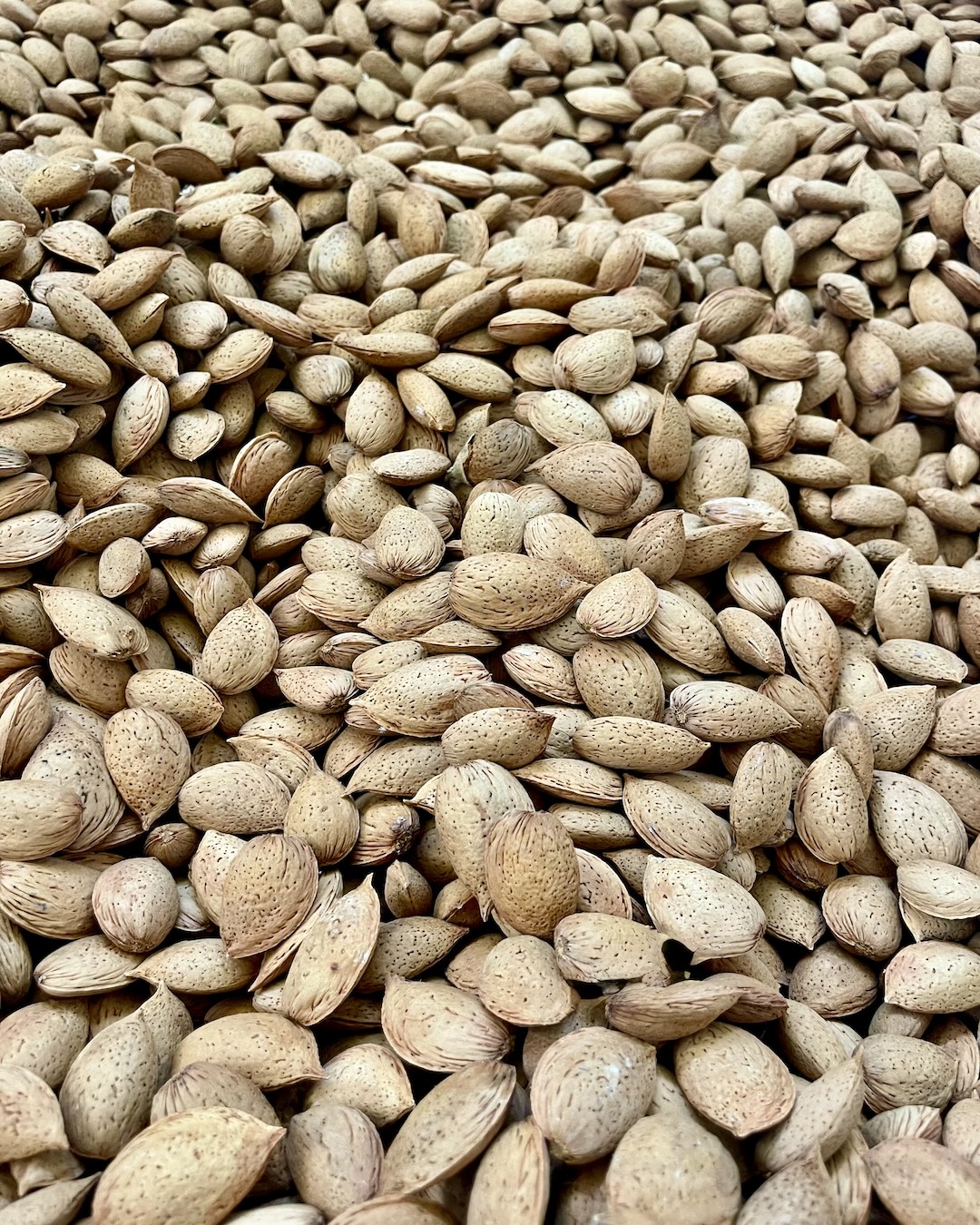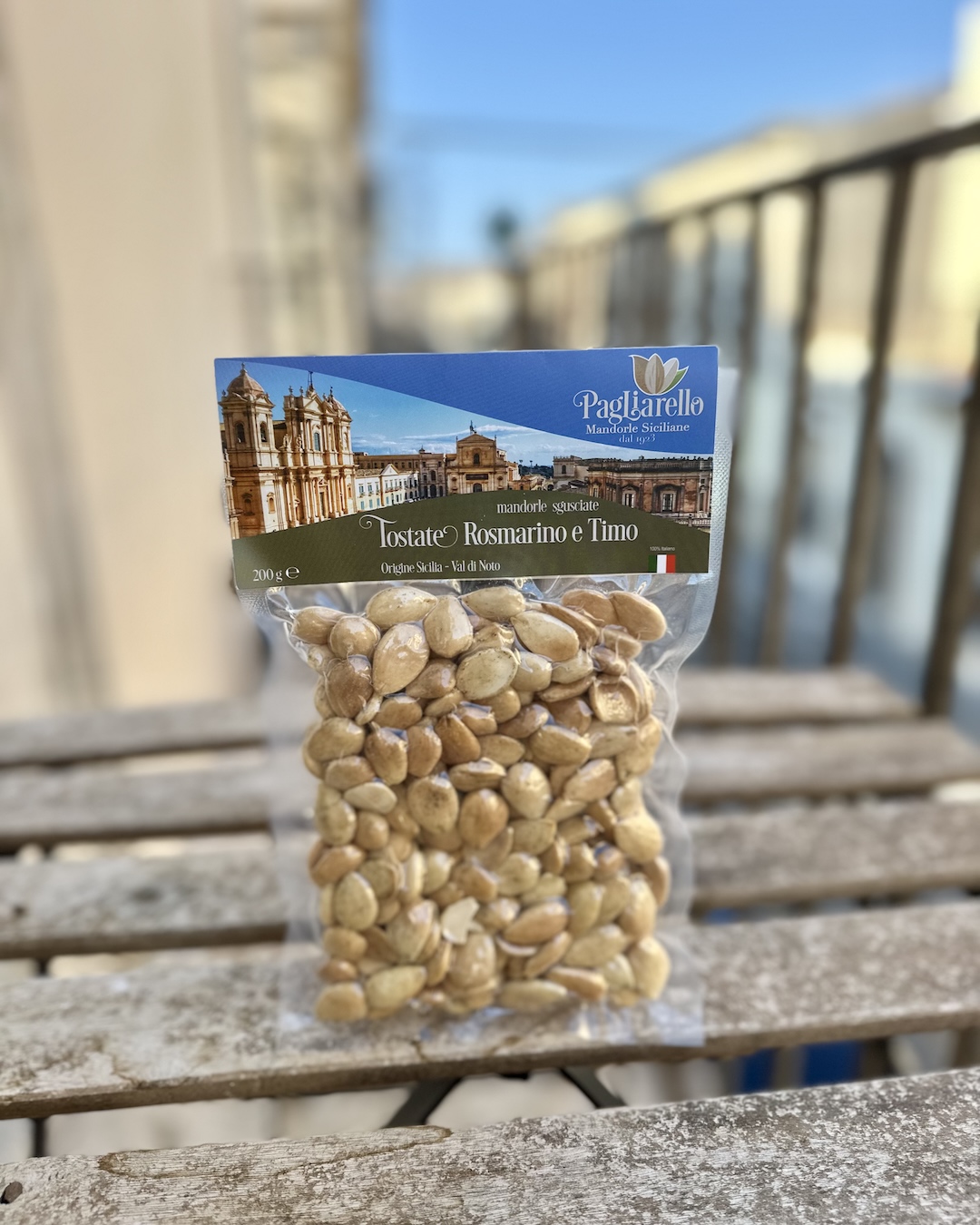
The Sicilian Almond
Do you go nuts for an almond? The Sicilian Almond, particularly the Pizzuta d’Avola variety, is royalty amongst the worldwide nut family.
Mythological Origin
According to Greek myth, princess Phyllis fell in love with Demophon. He left Phyllis to return to his father in Athens. His return was delayed and Phyliss believed she had been abandoned and died of heartbreak. The gods transform her into an almond tree. When Demophon does return he embraces the tree in sorrow and it miraculously blooms, despite it being winter.
Historical Roots
In reality, the Almond was first brought to Sicily by the Phoenicians or ancient Greeks - a much-debated subject. The Arab occupation of Sicily introduced sophisticated irrigation systems that enhanced crops. They also introduced other ingredients that combined with almonds to create new recipes.
Protected Crop

The most prized Sicilian almond is the Pizzuta d’Avola (Pizzuta di Avola). They are known for their elegant, flat and elongated oval shape with intense natural flavours. They are listed as a Traditional Agri-Food Product (PAT) by the Italian Ministry of Agriculture and are a Slow Food Presidium. As a heritage product, their cultivation is tightly regulated. My favoured local supplier of almonds and where this blogs photographs are taken is Pagliarello.
Perfect Terrior
The landscape and climate of southeast Sicily offer a rare combination of factors that are perfect for growing almonds:
• Long, sunny summers that encourage oil development.
• Cool, mild winters that allow the trees to rest without frost damage.
• Sea breezes that bring a subtle salinity, influencing both taste and aroma.
• Mineral-rich soils formed from ancient limestone and volcanic deposits.
The Taste Test
The Sicilian almond is naturally sweet and the first bite gives floral notes such as orange blossom or jasmine together with a faint honeyed aroma that feels warm and inviting.
As you continue to eat the almond the high essential oils kick in. A buttery mouthfeel – coating the palate almost like a soft nut cream. A delicate nuttiness and sometimes a hint of vanilla.
The Sicilian almond has a long and lingering taste. A persistent sweetness, faint saline undertone (thanks to coastal breezes) and a clean finish.
Culinary Use

Almonds are enjoyed in many ways. Most simply on the aperitivo table as a bowl of nuts to nibble. They are also used in Sicilian treats such as Frutta Martorana (realistic marzipan fruits), Granita di mandorla (almond granita) and Biscotti or Cantucci (biscuits with almonds).
Contemporary Challenges

The Sicilian almond faces serious challenges. The European market is flooded with cheaper almonds from California, producing over 80% of the world’s supply. These almonds make it hard for Sicilian farmers to compete because their production is small by comparison and far more labour-intensive.
Added to that, climate change has led to Sicily suffering prolonged droughts. Almond trees are hardy, but extreme heat and insufficient rainfall can affect their quality and yield.
Cultural Symbol
The almond tree is one of the first to blossom in late winter - around February. So it is a cultural symbol of resilience from the winter and the new life of spring. Each year Agrigento hosts, the Sagra del Mandorlo in Fiore (“Almond Blossom Festival”) to celebrate the bloom with music, food and folklore.

Keep Reading



